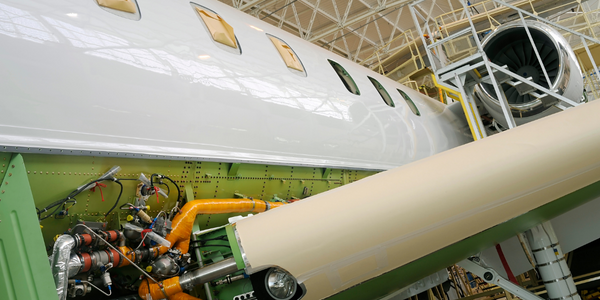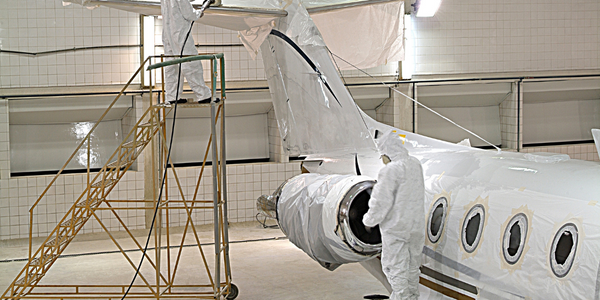Technology Category
- Analytics & Modeling - Digital Twin / Simulation
- Networks & Connectivity - RFID
Applicable Industries
- Aerospace
- Chemicals
Applicable Functions
- Procurement
Use Cases
- Traffic Monitoring
- Virtual Reality
Services
- Testing & Certification
About The Customer
The customer in this case study is the Murchison Widefield Array (MWA) radio telescope, which is a precursor to the Square Kilometer Array (SKA). The MWA is located in the Murchison Radio-astronomy Observatory in Western Australia. It comprises of 128 tiles, each an array consisting of 16 uniformly distributed antenna elements in a 4×4 configuration, 1.1 m apart. The work presented in this case study focuses on an electronically steered phased array, where steering is achieved by introducing phase delays to each element in the array. Phased array antennas have direction dependent primary beams. In order to correctly calibrate and image the data collected by the radio telescope, it is imperative that the beam pattern is known accurately.
The Challenge
The Murchison Widefield Array (MWA) radio telescope, a precursor to the Square Kilometer Array (SKA), was facing a challenge in characterizing its beam pattern. The beam pattern of the array could be determined using measurement, but this method was time-consuming and required specialized equipment. Therefore, a simulation-based approach was deemed the most practical. The beam pattern is a function of each of the 16 array elements as well as the operational frequency of the system. To model the pattern, each of the array elements had to be excited independently, and at different frequencies within the operation band. The full array beam pattern could then be modeled at an arbitrary steering direction. Previously, the simulation of the beam pattern was conducted using analytical models, but a more rigorous approach was needed where the full array geometry was simulated.
The Solution
FEKO, Altair’s electromagnetic simulation tool, was used to overcome the challenges faced in this case study. Due to the large number of different configurations that were to be analyzed, FEKO’s automation played a key role in enabling the different configurations to be set up automatically, saving a significant amount of time. FEKO’s spherical mode far-field representation was also required to reconstruct the array beam pattern with adjustable resolution in azimuth and zenith angle. FEKO’s Method of Moments (MoM) solver was used, which is known to be both accurate and highly efficient to solve problems with these attributes. The array was modeled over a 5x5m solid ground plane. Each LNA was represented by a lumped RLC circuit, which is attached to the feed port of each array element. The ground under the array was modeled using FEKO’s planar multilayer substrate model, with typical permittivity and conductivity for soil with 2% moisture content.
Operational Impact
Quantitative Benefit

Case Study missing?
Start adding your own!
Register with your work email and create a new case study profile for your business.













